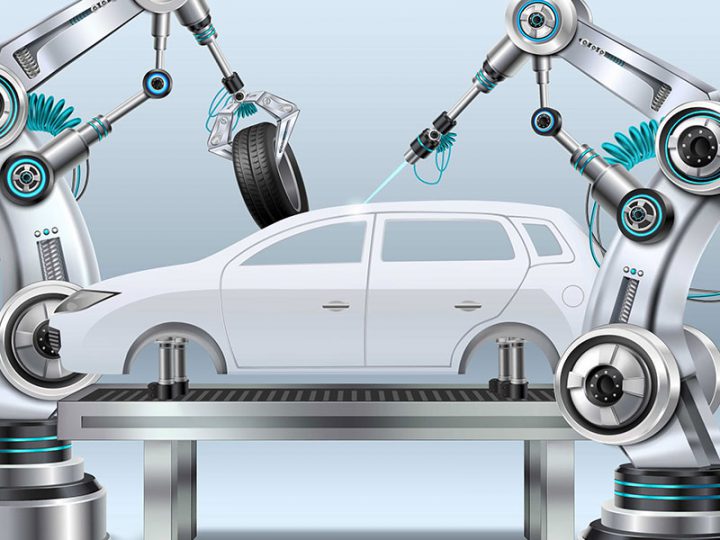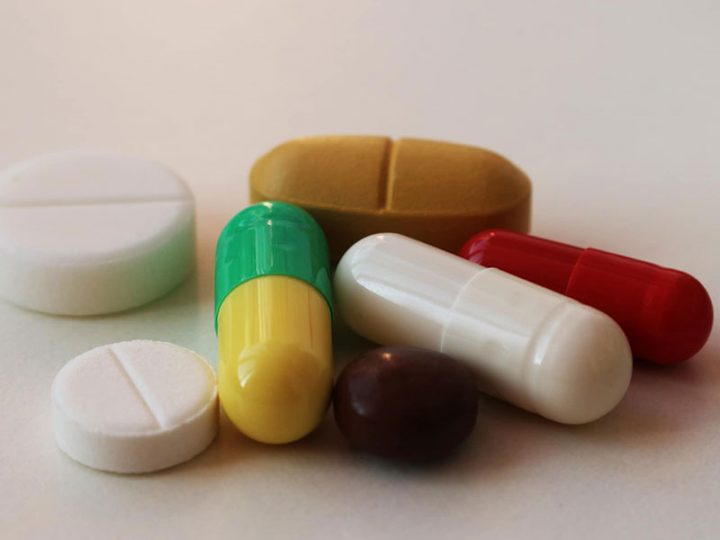There’s no doubt that life sciences and healthcare are on the precipice of great change. Consumerism, digital technology, increased life expectancy and so much more is forcing the industry to move faster than ever before. In this historically cautious and slow moving industry, in order to survive, we must respond boldly and quickly, even when the solutions are difficult to implement.
One of the most dynamic sectors at present is the pharmaceutical industry, and there are a variety of factors driving change:
The Patent Cliff
The patent cliff – whereby exclusive rights to the biggest selling drugs have expired or are due to expire in the near future – brings with it a new set of trends and challenges for the life sciences industry. Some smaller drug companies will focus on innovation, investing more time and resources into the development of new products that will sustain them, whilst we will increasingly see Big Pharma acquiring such companies and benefiting from the novel products coming from them, rather than innovating themselves.
Transparency demand
Another key issue in life sciences is the corporate reputation of the pharmaceutical industry, which is being driven partly by the rising demand for more transparency within the industry. Investors are increasingly calling for more transparency in clinical trial results, drug development and pricing, and industry will have to find a way to respond to these pressures whilst protecting the safety of patient data.
Pharma companies will strive to improve their corporate reputation through closer contact with patients and clinicians, as well as making a conscious effort to portray a more philanthropic approach by focusing on success stories in developing countries and positive testimonials from particular patient groups.
Regulatory
The rise of disruptive technologies within the healthcare and life sciences sector challenges traditional regulations governing the quality, safety and efficacy of prescription medicine, and global regulatory agencies will continuously need to adapt. We will see data playing a much more predominant role in the regulatory landscape, with the establishment of frameworks for the use of Big Data, wearables, social media and biosimilars at the forefront of future changes, bringing with them a new set of controls that are necessary for protecting patients and physicians. Life science companies will also have to be prepared for the higher costs associated with new regulatory infrastructures.
In addition to the rapidly changing pharmaceutical industry, there are many external factors influencing life sciences and healthcare as a whole:
Aging Populations Living Longer
Today there are over 75 million Baby Boomers (those born between 1946 and1964; making them 51-69 today) in America, which accounts for one-third of the population. It’s a number that’s not expected to decline drastically until 2059. These patients are living longer, healthier lives. That’s not to say that many of them don’t have chronic conditions (e.g. diabetes, arthritis, obesity) but they are healthier than their parents were at the same age and they will therefore live longer. This generation doesn’t want to be in the hospital for a week while they recover from a knee replacement, they want to be in and out the same day and back on the golf course (or at work!) within the month. This active generation demands outpatient services and a partnership with their healthcare providers to manage chronic conditions, allowing them to continue to be active. Baby Boomers aren’t like their parents, who followed the authorities and the “old way” – they were activists, fighting for social changes. They are educated, outspoken, and savvy, having accepted both social media and technology as their new way of life. They will play an integral part in their own healthcare decisions as well as being influential in both their children’s and parents’ healthcare decisions.
On the other side, the aging population puts a strain on the healthcare workforce. The average age of American nurses is 40, with a large bulk of that being at the tail end of the Boomers. This puts a strain on the industry’s ability to properly care for this aging demographic. Many health systems are already implementing strategies to attract new nurses into their workforce: paying off their student loans, providing a sign-on and retention bonus, being even more flexible with hours, allowing them to balance personal and work lives more easily. In addition, many tenured nurses are moving into teaching roles at their facility to train the younger generation and pass on their experience. This need to replenish the workforce will be a continuing trend in the industry, perhaps never being completely solved but merely bandaged until 2059, when the largest segment of the US population begins to drastically decline.
Consumerism of Healthcare
Perhaps weirdly, it’s the retail industry that is most influencing this particular change. Not too long ago, retailers figured out they needed to engage with their customers in a different way, in a more meaningful, more relevant way. They used budding technology to do just that – when you walk into Nordstrom’s your phone will “welcome” you and tell you of any sales. If you walk into Whole Foods, coupons will suddenly pop up. Or consider Amazon – not only does your Amazon shopping cart follow you around the internet, reminding you that you haven’t finished your transaction, but when you get onto the site, their custom suggestions are normally spot on. After these experiences, we get used to them knowing us and we expect other companies to follow suit. Why should I have to tell you I love Coke but hate Pepsi? Stop giving me Pepsi coupons, I won’t use them. Don’t you know that I have a daughter, not a son and not a baby? Stop serving me up diaper ads; I’m clearly thinking about ballet lessons. Why do I have to fill this form out in triplicate every time I see my doctor? You have my information – or at least somebody else in your company does – stop wasting my time. We, healthcare and life sciences, are finally getting the message.
In this world of ready information (and misinformation), even traditional industries, like healthcare, have to figure out how to change quickly to meet their consumers’ needs. We can no longer do the “catch & release” of marketing (e.g. “You’re having a baby! Tour our facility!”, “Broken arm? Come to our emergency room.”), we have to think about the entire consumer lifecycle, before somebody ever decides they need us, and figure out how to become and stay relevant. It’s an easy concept – it makes sense to you, right? If Amazon can figure you out, surely the person that took away your cancer or delivered your baby can too, right? Nobody wants to be a one-hit wonder. You want to know the place you choose to heal you, at your most vulnerable time, gets you. And because you have been healed at this wonderful place, you are inclined to continue a relationship even if you hope you’ll never step foot in there again. It will be incumbent upon us to engage our customers, the way they want us to, and when and where they want us to and you’ll likely see the industry adapting advanced CRM systems to do just that. It won’t be just hospitals using big data to communicate with patients; it’ll be pharmaceuticals and genetic testing companies that will have to address the same challenges. Of course, the biggest challenge to this need is that healthcare data is strictly regulated so while hospitals have figured out how to use their own internal data to communicate with patients, we can’t yet share the information and have to be very careful about how we do target them. For example – we can target a computer’s IP address based on its location at a related patient address but we can’t only market to them, we have to market to the street so we don’t violate HIPAA which makes the marketing less effective – is it for them or their neighbor? Who is actually at risk of the heart attack? To be most effective, hospitals and pharma should partner and share patient data, individually targeting consumers with the most relevant solutions (e.g. surgery, family doctor visit, prescription drug, etc).
Mobile Healthcare
Along with this consumerism of healthcare comes a need for patients to access medical help wherever they are: at home, on the go, and so on. We are a busy society, one that demands answers on our terms; not a week from now when our doctor can see us. Hospitals are already working towards this model with telemedicine options – where a doctor at a different location can work with other onsite practitioners. The next logical evolution is mobile telehealth or mhealth – working virtually with patients on their iPhone, tablet, or webcam. The biggest challenges the industry faces are payment, regulatory compliance, and potential litigation from missed diagnosis (a limitation of not being in person to notice that there could be a secondary, ignored, issue leading to a bigger problem). As the insurance companies, politicians and lawyers work through these barriers, hospitals will work on a parallel path towards making this a reality. In addition, wearable health technology (e.g. Fitbit, Apple Watch) will grow to be an integrated part of this strategy, with real time data collected and used to alert physicians about the need for intervention and treatment.
New Global Partnerships
Today, healthcare works in somewhat of a vacuum. Research and Development, including patient trials, is guarded closely – the company with the most, wins. In this scenario it’s the patient who is most hurt. Imagine being diagnosed with cancer. You go to your community hospital for treatment but then hear of a new drug being used 100 miles away. What are your choices? You either stay at your community hospital, which doesn’t have access to this ground-breaking treatment, or you drive 100 miles, one way, each time you need to see a doctor and participate in their program. Even more realistic would be an American vs. a Pakistani diagnosed with cancer – shouldn’t both have access to new and industry-leading treatment? A global body, such as the World Health Organization, should become the epicenter for the sharing of research, clinical trials, and overall industry knowledge. This information can be disseminated back to individual health systems and, ultimately, the patients.
These are the most challenging concepts and ones that we, as an industry, struggle with every day. But it is an exciting challenge that I think you’ll see us figuring out in the next few years – because we’ll have to. And the health systems that figure it all out first and, more importantly, best, will become invaluable to those consumers.




